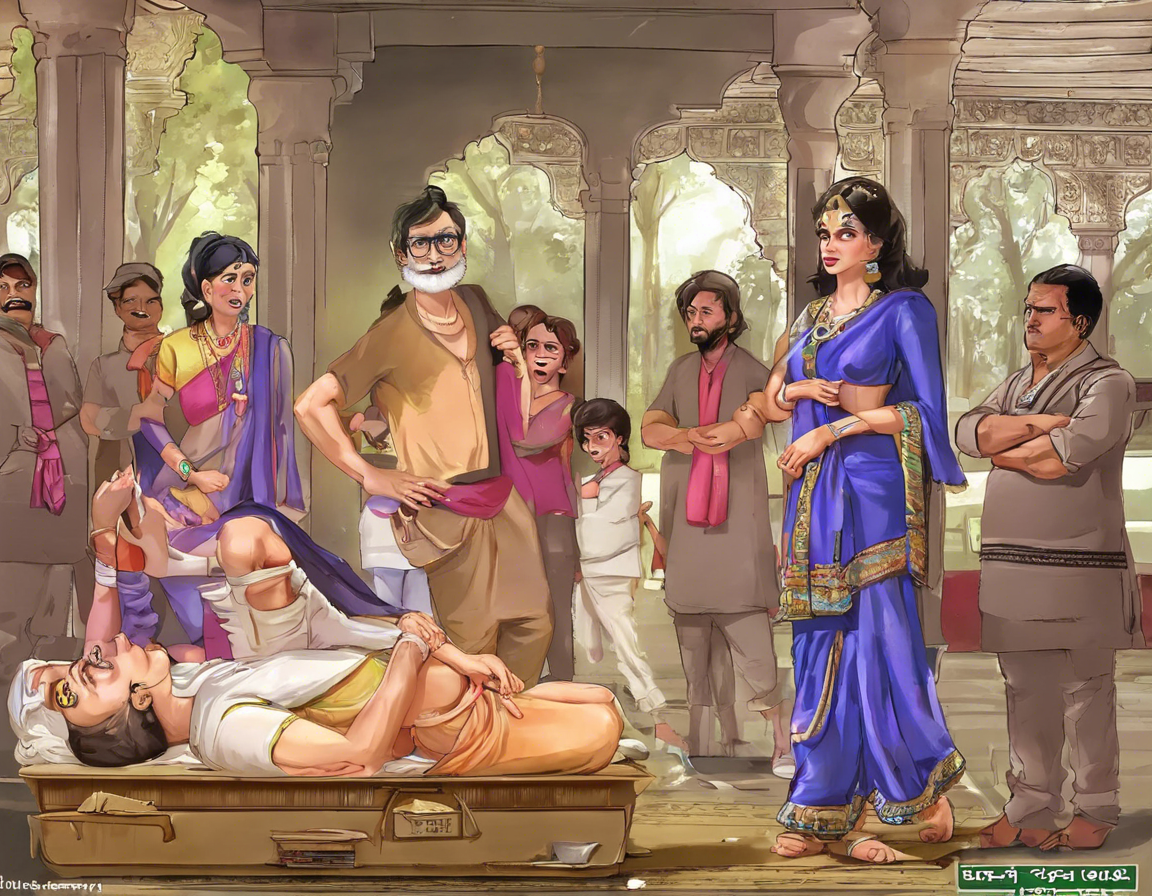Understanding Section 144: What Does It Mean?
Introduction
Section 144 of the Criminal Procedure Code (CrPC) is a tool used by the administration in India to maintain law and order during times of emergency or potential threat. It empowers a magistrate to issue orders in urgent cases of nuisance or apprehended danger. Understanding the implications and nuances of Section 144 is crucial for citizens to comprehend their rights and restrictions under such circumstances.
The Basics of Section 144
Section 144 is a provision in the CrPC that grants magistrates the power to issue orders in urgent cases of nuisance or apprehended danger. This provision enables the magistrate to direct any individual or group of individuals to abstain from a certain act or to take specific action necessary to maintain peace and order. The primary objective of Section 144 is to prevent any disruption of public tranquillity and order in a particular area.
When is Section 144 Imposed?
- Social Unrest: In cases where there is a possibility of social unrest, violence, or protest that may disturb public order.
- Religious Processions or Gatherings: To prevent any potential clashes or disturbances during religious processions, rallies, or gatherings.
- Natural Calamities: During natural disasters like earthquakes, floods, or epidemics to facilitate relief and rescue operations.
- COVID-19 Pandemic: In times of a health crisis, like the COVID-19 pandemic, to enforce lockdowns and social distancing norms.
Key Features of Section 144
-
Prohibition of Assembling: Section 144 prohibits the assembly of four or more people in an area specified by the magistrate.
-
Restriction on Movement: It can impose restrictions on the movement or gathering of individuals in a specific area for a specified period.
-
Arrest without Warrant: Individuals violating the orders of Section 144 can be arrested without a warrant.
-
Internet and Telecommunication Services: In certain cases, Section 144 may also be used to control or suspend internet or telecommunication services to prevent the spread of rumors or misinformation.
Challenges and Controversies
Section 144 has been subject to criticism and controversies due to its potential misuse by authorities to curb dissent and freedom of expression. Critics argue that it can be a tool for authorities to infringe on the fundamental rights of citizens, including the right to protest and assemble peacefully. The imposition of Section 144 for an extended period without valid reasons can raise concerns about authoritarianism and arbitrary use of power.
Legal Recourse
Individuals or groups affected by the imposition of Section 144 have the right to challenge such orders in court. They can file a writ petition in the High Court or Supreme Court seeking the quashing of the Section 144 order if they believe it violates their fundamental rights. The courts have the authority to review the validity of Section 144 orders and strike them down if they are found to be arbitrary or unjustified.
Conclusion
In conclusion, Section 144 of the CrPC serves as a valuable tool for maintaining law and order in times of emergency or potential threat. While it is essential for preserving public tranquillity, it is equally important to ensure that its implementation is in line with the principles of democracy and fundamental rights. Citizens must be aware of their rights and responsibilities under Section 144 to uphold the balance between maintaining order and safeguarding individual liberties.
Frequently Asked Questions (FAQs)
1. Can Section 144 be imposed indefinitely?
– No, Section 144 cannot be imposed indefinitely. It is meant to be a temporary measure to address specific situations of urgency or danger.
2. Can I be arrested for violating Section 144?
– Yes, individuals violating the orders of Section 144 can be arrested without a warrant under the provisions of the CrPC.
3. Can Section 144 restrict online activities?
– Yes, in certain cases, Section 144 can be used to regulate or suspend internet and telecommunication services to prevent the spread of misinformation or rumors.
4. How can I challenge a Section 144 order?
– You can challenge a Section 144 order by filing a writ petition in the High Court or Supreme Court seeking the quashing of the order if you believe it infringes on your fundamental rights.
5. Is Section 144 applicable only in India?
– Section 144 of the CrPC is specific to India and its legal framework. Other countries may have similar provisions under their respective laws.
6. Does Section 144 apply to educational institutions?
– Educational institutions may also be subject to Section 144 orders if there are concerns about potential disruptions or violence on their premises.
7. Can Section 144 be imposed preemptively?
– Yes, Section 144 can be imposed preemptively if there is credible information or intelligence suggesting a threat to public order or safety.
8. How long can a Section 144 order last?
– The duration of a Section 144 order is typically limited to a few days, depending on the situation and the discretion of the issuing authority.
9. Can the media operate during a Section 144 order?
– In most cases, media personnel are exempt from the restrictions of Section 144 to ensure the dissemination of information and news coverage.
10. Can Section 144 be imposed at the state level?
– Yes, Section 144 can be imposed at both the district and state level by the respective authorities to address localized or statewide issues of public order or safety.
